London 1868 – 1931 Amsterdam
Dutch Painter
'Three Sisters'
Signature: signed top right 'Krabbé'
Medium: watercolour heightened with white
Dimensions: image size 60,5 x 50,5 cm, frame size 85 x 75 cm
Biogtaphy: Hendrik Maarten Krabbé, also known as Heinrich Martin Krabbé, was a distinguished Dutch painter, draftsman, watercolorist, etcher, illustrator, and lithographer. Born in London on May 4, 1868, and passing away in Amsterdam on December 22, 1931, Krabbé left a significant artistic legacy.
After one year of attending the Higher Civic School (HBS), Krabbé was forced to abandon formal education due to tuberculosis, but he continued to develop his talent with private drawing lessons at home. From 1883 to 1888, he pursued his studies at the School of Applied Arts and the Rijksacademie in Amsterdam, where he trained under notable artists such as August Allebé and Rudolf Stang, learning techniques in drawing, painting, watercoloring, etching, and lithography.
In 1896, Krabbé began his career as a teacher at the School of Applied Arts in Haarlem, a position he held for a decade. His influence extended to many future renowned artists, including Charles Beck, Ger Gerrits, Ina van Heek, and Henri van de Velde, through his role as a lecturer at the School of Applied Arts in Amsterdam from 1915 to 1924.
Krabbé’s life and work were geographically diverse. He resided in various locations, including Watergraafsmeer, Amsterdam, and the artists’ colony in Laren, where he had a studio. From 1916 to 1923, he lived in Bussum before returning to Amsterdam, where he spent his final years.
In 1892, at the age of 24, Krabbé received a commission from *Elsevier’s Illustrated Monthly* to travel to the United States and report on the World’s Columbian Exposition in Chicago. His article, along with several of his sketches, was published in December 1893. Over the course of his career, he contributed fifteen articles to the magazine, writing about his travels and fellow artists.
Krabbé’s extensive travels allowed him to experience and reflect on cities like New York, Paris, London, and Berlin, each leaving an indelible mark on his artistic vision, enriching his work in unexpected and profound ways.
A versatile artist, Krabbé excelled in various mediums, including oil painting, watercolors, etchings, and lithography. His early works often depicted soldiers, sailors, and other character studies, later evolving into interior scenes with figures, still lifes, and cityscapes. In his later years, he focused predominantly on portraiture, producing works characterized by bold shading and vibrant contrasts of primary colors such as red and green.
A dedicated member of the artists’ association *Arti et Amicitiae*, Krabbé remained an active participant in the Dutch art scene throughout his life, earning a reputation for his versatility and technical skill across various art forms.



























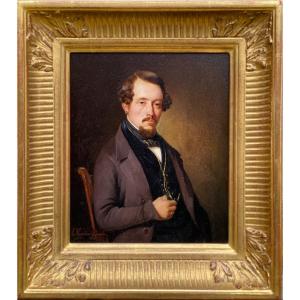

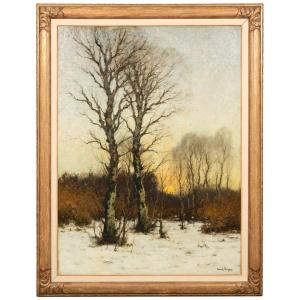
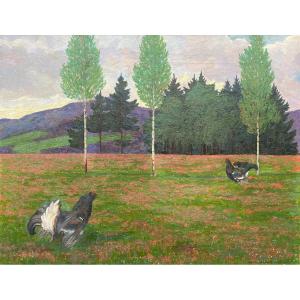




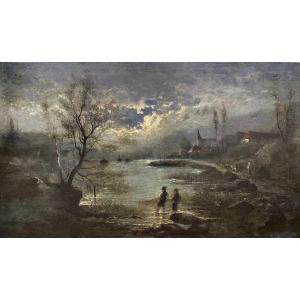







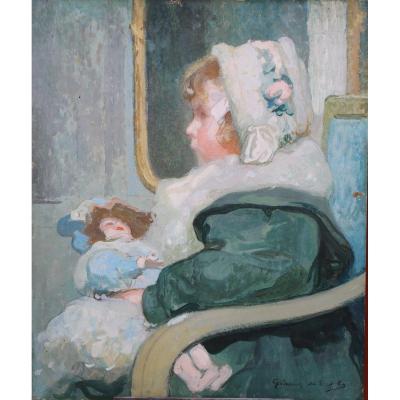
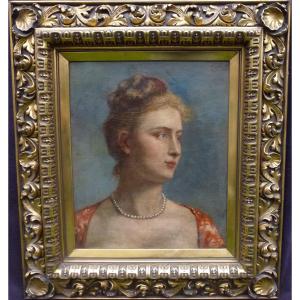

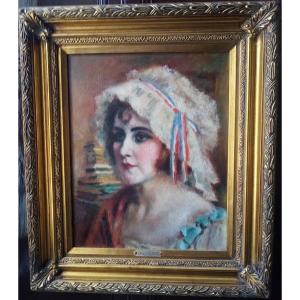



 Le Magazine de PROANTIC
Le Magazine de PROANTIC TRÉSORS Magazine
TRÉSORS Magazine Rivista Artiquariato
Rivista Artiquariato